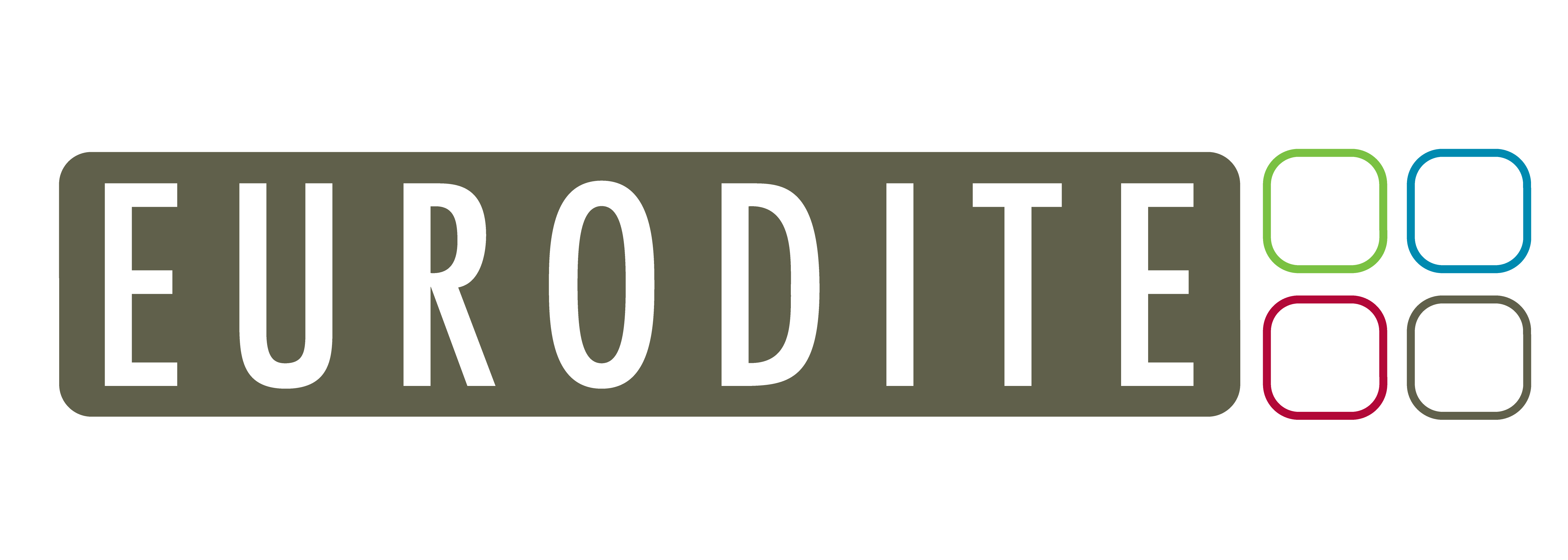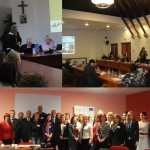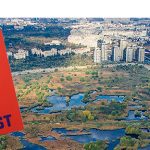A Dutch delegation of urban professionals, architects, metropolitan planners and cultural entrepreneurs was guided by Eurodite to explore the city, meet with Romanian colleagues and experience the energy of this Eastern European city in transition during an inspiring and extensive 4-day programme (24-27 May 2014). After living in Bucharest and working on various urban development projects in Romania for more than 6 years it was a great opportunity to organize this trip and to show our ‘hometown’ and to relate the different urban development stages in Bucharest to the Dutch or international context of ‘city making’ and the different specializations of the participants taking part.
The Bucharest visit is the first in a series of European Metropolitan Field Trips in order to build up an international network of city makers, to connect and to relate to the practice of city planning today. The Bucharest Metropolitan Field Trip is organized by Eurodite, Pakhuis de Zwijger, Brainville and the Deltametropole Association.
Central questions of the trip were:
– Who makes the city?
– How powerful is the tool of the urban planning strategy?
– How do the local authority and central government act and how are citizens and entrepreneurs involved?
– What do the urban sprawl neighbourhoods look like and how are they connected?
– What is the role of vacant buildings and how is cultural heritage safeguarded for future generations?
– What kind of bottom-up initiatives can be found and what is their impact?
– Is there a strong civil society?
Day 1: walking tour along the megalomaniac palace of the Communist dictator from the 1980’s to the former industrial area Rahova-Filaret from late 19th century and beginning 20th century. Visit of Carol Factory, a vacant factory being transformed into cultural hotspot by Eurodite and Zeppelin, which had its opening night on 23 May.
Day 2: bicycle tour along a series of bottom-up initiatives through the city. In the Eastern part of town we visited Make a Point, a water tower that functions as cultural landmark and meeting point for the densely populated residential neighborhood Pantelimon. In the centre we visited cultural heritage villa Carol 53 that showed the resilience of a group of young architects to maintain and renovate this monument. Also Carturesti, Plastilina, Eden, Voila Bistrot.
Day 3: welcome and Metropolitan Talks at the Ion Mincu Faculty of Architecture and Urban Planning and discussions on the tool of strategic planning. By public transport a visit to the urban sprawl residential area south of the city where starters can buy their first homes as part of state-supported programmes and the new infrastructural intervention of the Basarab bridge (without bicycle and pedestrian lanes, just for cars and trams…) towards the Embassy of The Kingdom of The Netherlands for a networking drink among urban and cultural professionals and with a warm welcome by the Ambassador and his wife.
Day 4: by Metro to the Northern part Pipera to visit the Embassy of the Kingdom of The Netherlands. A presentation by the economic counselor on the economics of Romania in general, the location factors and the issues of connectivity of Pipera. Wrap up of the field trip participants.
Some concluding observations:
There are similar urban planning issues in The Netherlands and Romania, but they are different in scale and have different contexts. It was a confirmation that ‘the just-do-it mentality’ is always worth it. Bottom-up. Show ‘the world’ how to do it differently. The success depends on the partnership and the support generated. Of course, the question is to which extent the bottom-up initiative has its impact? Is the statement clear enough? Does it reach the groups targeted? Is it picked up by the media/private sector/authorities and are they using it as an example? How to make it work on a larger scale and become coherent in the urban fabric? Top-down. The power of the urban strategy proves to be weak. At the same time parks are being maintained, stray-dogs disappearing, sidewalks enlarged, but this is often a sudden and non-transparent process, not necessarily laid out in an urban strategy. The private developer is strong as we noticed in the urban sprawl areas. The public areas are often lagging behind in infrastructure, pedestrians and bicyclists are neglected, but we did see bbq-places installed by the private developers and bicycle racks at the metro stop.
Maybe it is a matter of time. Step by step. And a growing civil society that stands up for their rights in terms of urban quality. More and more Romanians have seen good examples elsewhere which they are bringing back home. In 6-years time many positive changes have taken place in the city and this trend is to be continued. Also, a group of 22 Dutch professionals have been positively surprised about the energy of the city and they will spread the word. One thing is clear: Trust is a key-element in making the city attractive and competitive.
The second edition of the Bucharest Metropolitan Field trip took place in 2016. Read about it here.
Location, country:
Period:
Type of services
Partners
Bucharest – Romania
2014
Fieldtrip
Pakhuis de Zwijger, Brainville and the Deltametropole Association.



